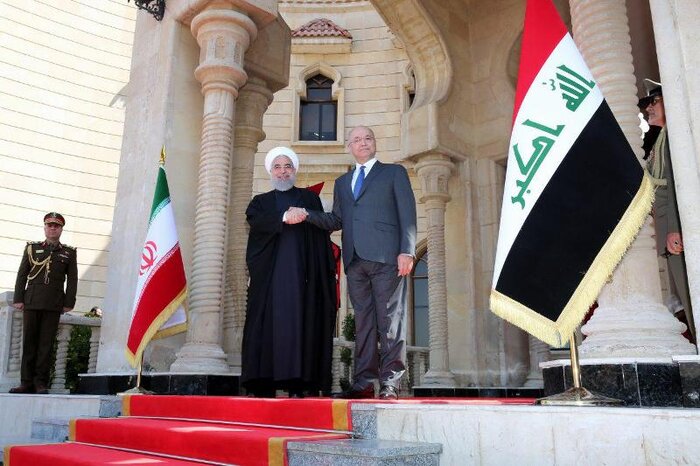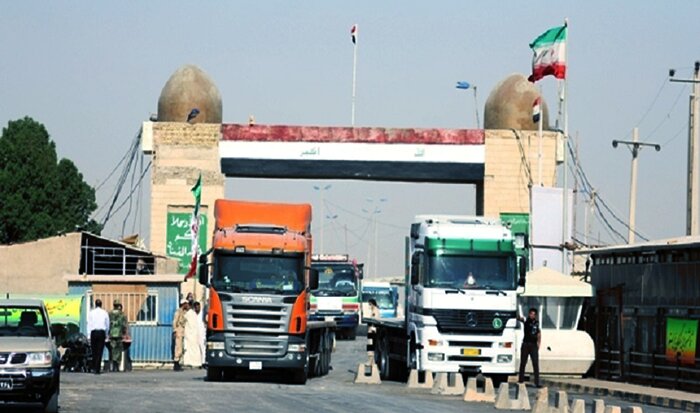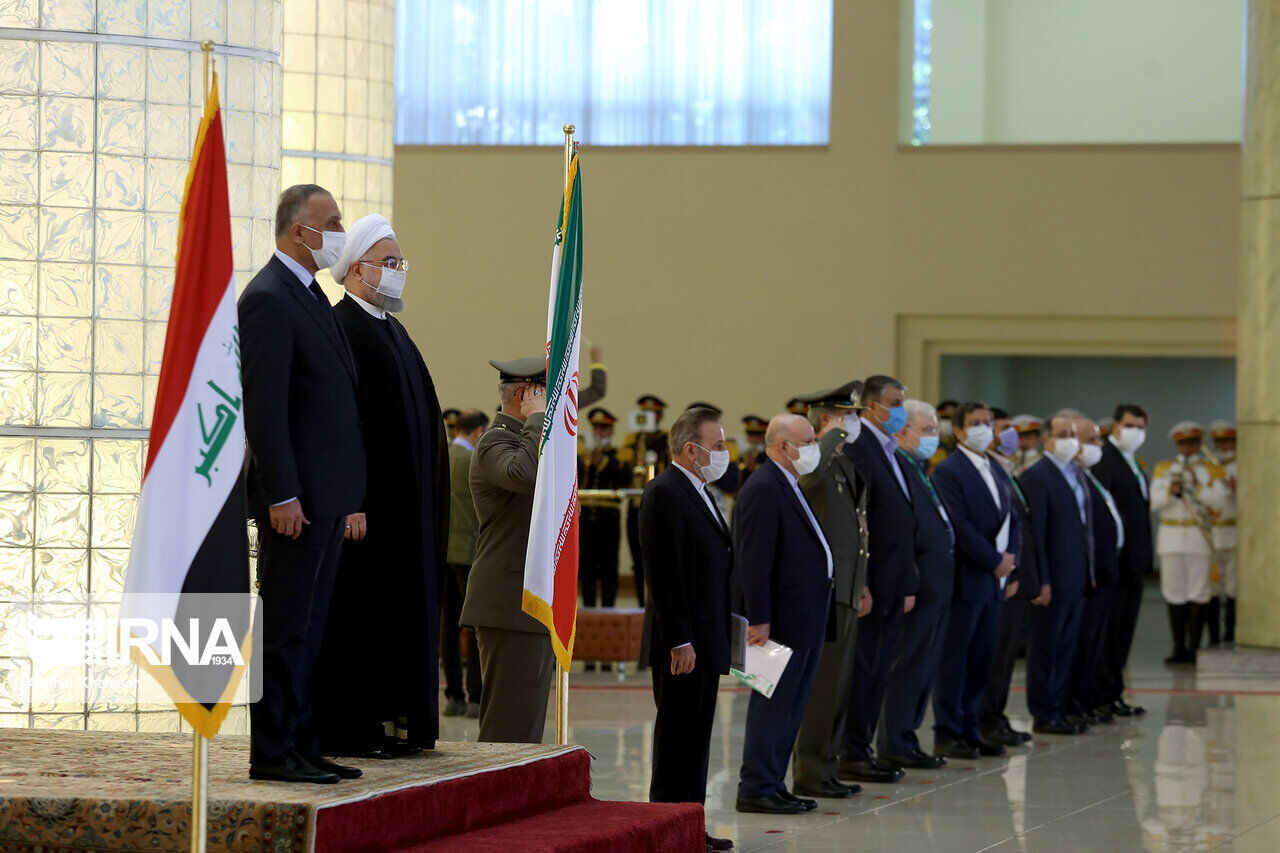In his capacity as the prime minister of Iraq, Mustafa al-Kadhimi made a trip to Iran on Tuesday and met with Supreme Leader of the Islamic Revolution Ayatollah Seyyed Ali Khamenei and President Hassan Rouhani.
The trip once again brought the relations between Tehran and Baghdad into spotlight of analysis.
Despite all the sabotage on the part of the United States and some of its regional allies, the relations between Iran and Iraq has been growing in the past 17 years, which roots in the fact that the two countries are geopolitically, geostrategically, geoeconomically, and culturally interwoven.
Even the blood of their national heroes, Lieutenant-General Qasem Soleimani and Abu Mahdi al-Mohandes, are mixed, which brings the two neighboring countries much closer.
Constant support of Iran for the Iraqi governments that have been voted for at the ballots proved the point.
Now that the oil price has slumped and coronavirus has hurt economies of many countries, Iraq and Iran that are fighting with sanctions are no exception. The thing that can be of great help in the existing economic conditions is political, cultural, social and security proximity.
In mid-March 2019, President Rouhani made a visit to Iraq, which pursued the same goals.

Key decisions like trade and tourist visa waiver, establishing joint industrial towns, and last but not least, pushing the trade from 10-12 billion a year to 20 billion dollars have not been operationalized yet. But, the recent trip of Foreign Minister Mohammad-Javad Zarif, the negotiations of the governor of the Central Bank of Iran in Baghdad for facilitating provision of necessary goods, like medicine, with the use of Iran’s five-billion dollar assistance to Iraq, and signing the two-year agreement for provision of one-third of the electricity needs of Iraq by Iran are among the methods to implement the agreements.
According to the statistics of the customs office of Iran, in the first two months of the Iranian year (starting on March 20), Iraq stands second after China in the export targets of Iran. Iran has exported $4.3 billion of non-oil goods, $1.19 billion of which has been to China and $1.107 billion of which has been to Iraq.
The trade between Iran and Iraq may amount to nine billion dollars this year, according to the head of Iran-Iraq chamber of commerce.
Iraq faces a budget deficit and the consequences of insecurity and terrorism. Iraq will not ignore a proven ally under the political pressures.
Iran has 1,400 km of border, three border points, and six border markets with Iraq. One border point is to be added to make them 10.

Iraq’s private and public sector’s need to Iran’s technical and engineering services in reconstruction, Iran’s capability in extraterritorial agriculture, helping Iraq in developing its religious tourism, Iraqis’ using health tourism in Iran, and cheaper air, rail, and road transportation compared with the neighbors have made Iran a profitable partner for Iraq.
On the other hand, Iraq can use the opportunity created by Iran’s signing an agreement with the Eurasian Economic Union (EAEU) to implement the policy of increasing exports by 30-35%.
With opening of the railroad connecting Iran’ Khorramshar to Iraq’s Basra, Iraq can will practically be to the North-South and East-West corridors and can use Iran to export its goods to Europe and Eurasia. Iraq can also use the benefits of Hormuz Peace Endeavor (HOPE), initiative put forward by President Hassan Rouhani to the United Nations General Assembly last year, to decrease its 90% economic dependency on oil export.

9417**1416
Follow us on Twitter @IrnaEnglish



Your Comment